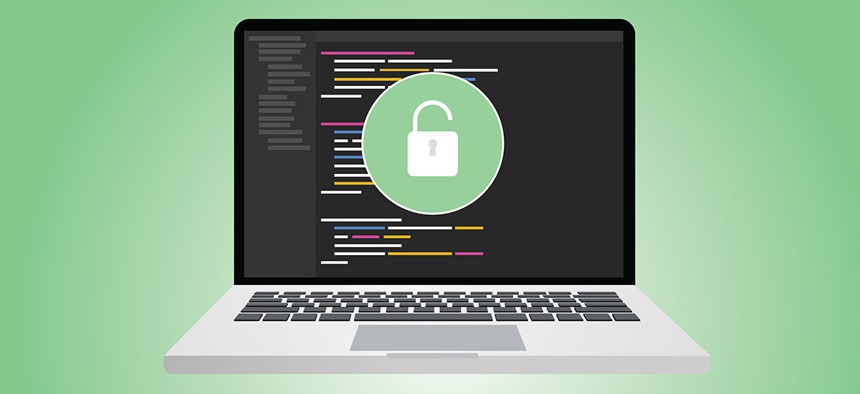Critics Say White House’s Open Source Software Policy Doesn't Go Far Enough

fatmawati achmad zaenuri/Shutterstock.com
The Presidential Innovation Fellows Foundation and GSA’s 18F both think government software should be “open by default.”
A new White House policy to make 20 percent of the federal government’s custom-built software available to the public doesn’t go far enough, according to some open source advocates.
A draft of the policy, published earlier this month, requires federal agencies to share some of code they buy from third parties as “open source software.” The policy also calls on agencies to share more custom code within the government. (Code developed by federal employees is already in the public domain. But most of the federal government's software is developed by contractors).
Members of 18F, the General Services Administration’s digital consultancy that shares all its code on public repository Github, argue a more comprehensive, “open source by default” policy would allow agencies to reuse code instead of constantly re-developing it. Coding in the open would also let developers gather input from the public about potential glitches.
Open source development “helps to encourage good documentation and coding practices,” an 18F statement posted on GitHub said. “Everyone is aware and following processes for open information from day one. There is no just-before-launch, last-minute review of everything.”
The group proposed that if federal agencies don’t want to make code public, they should give the Office of Management and Budget a “written justification for not releasing the results of taxpayer-funded procurements to the public.”
Alumni of the Presidential Innovation Fellows echoed 18F’s statement, arguing in favor of an “open source by default” policy.
Vidya Spandana, vice president of the PIF Foundation, composed of graduates of that program, told Nextgov the 20 percent requirement in the pilot would add “more layers of confusion.”
Before each project, she said, federal agencies and developers would have to decide which 20 percent of their code needs to be open source, which could be interpreted in various ways.
“Does it mean 20 percent of their technology needs to use open source technology that already exists?” she said.
NEXT STORY: FAA tweaks drone registration


